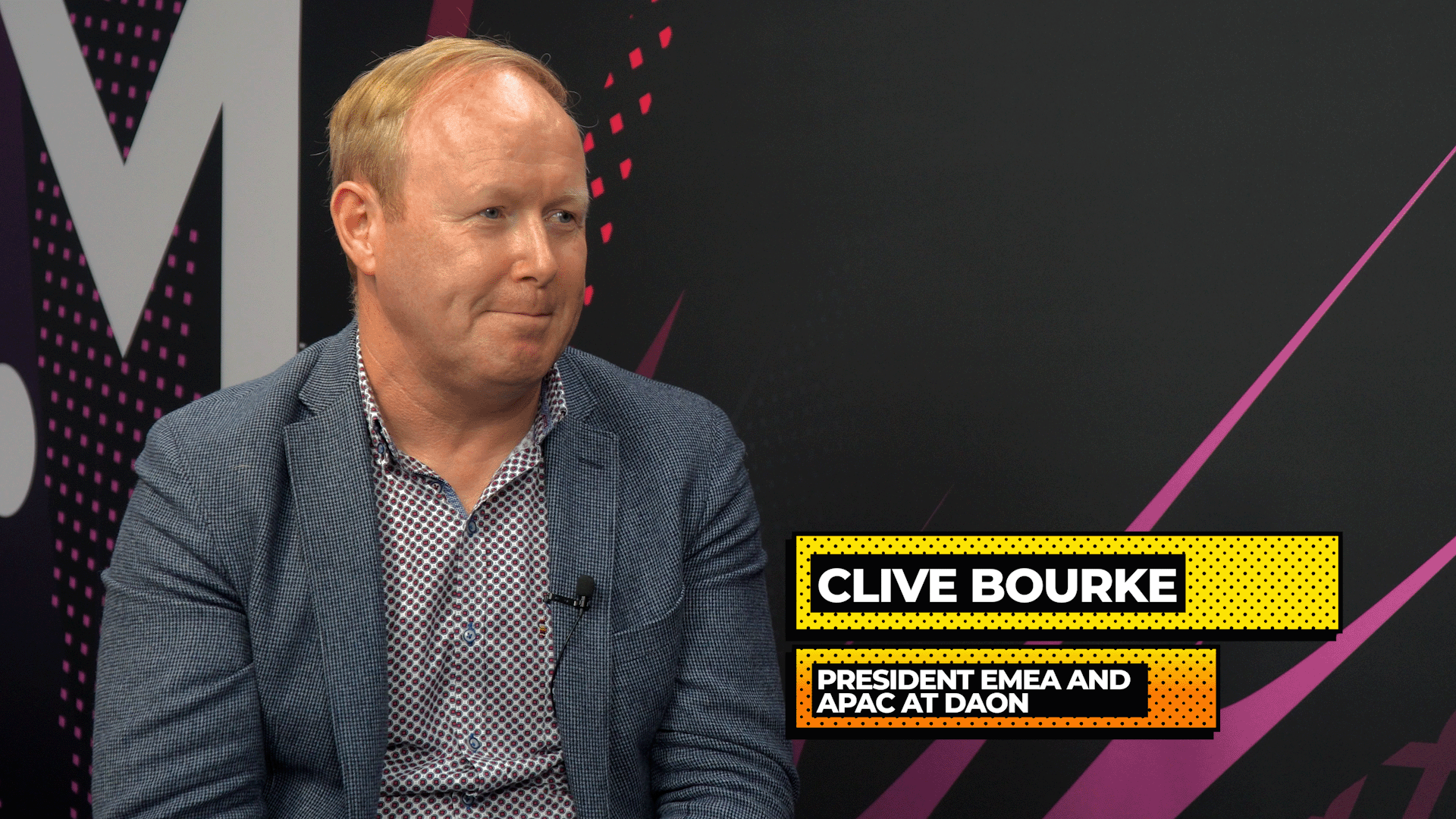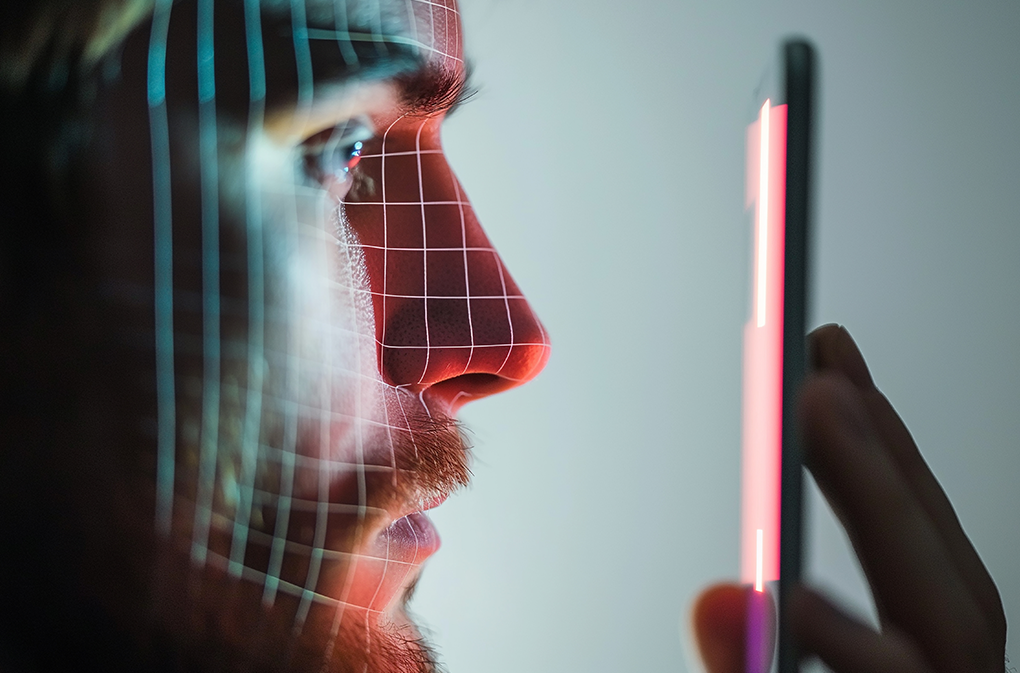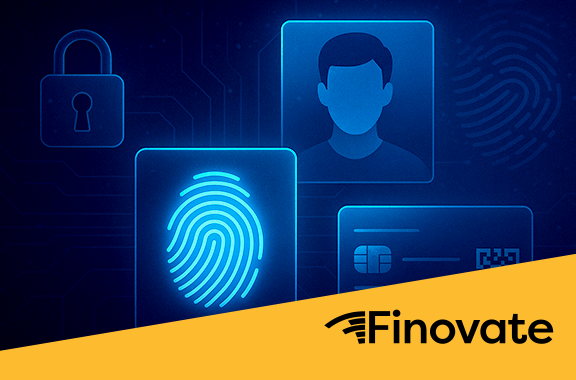How Can Digital Identity Verification & Authentication Foster Financial Inclusion and Accessibility?
Here's how you can mitigate significant barriers to account creation and access that people living with disabilities encounter at many mainstream organizations.
According to the World Health Organization (WHO), 16 percent of the world’s population, or an estimated 1.3 billion people, experience significant disability. The Centers for Disease Control and Prevention reported that “up to 1 in 4 (27 percent) adults in America have some type of disability.”
This is a significant portion of the world’s population. While people living with disability (PLWD) are spread across all geographies and income groups, together, they have nearly half a trillion dollars in disposable income.
Yet many organizations across industries create barriers that can stop PLWD from doing business with them or receiving their services. For example, the 2019 Click-Away Pound Survey that looked at online shopping activities of people living with disabilities found that 69 percent will click-away from sites with barriers, 75 percent feel accessibility is more important than price in making spending decisions, and 86 percent would spend more if there were fewer barriers.
Barriers in the financial services, telecom, and healthcare industries can reduce the inclusion and activity of PLWD and have a significant impact on their lives. Life is inarguably more complicated and inequitable without equal access to credit, savings, investments, healthcare, subscriptions, and other services offered by businesses.
According to Forbes Advisor, Americans who are unbanked “must rely on alternative financial products and services—such as payday loans, check cashing services, money orders and pawn shop loans—to take care of their finances.”
The Federal Deposit Insurance Corporation (FDIC) found in its 2021 National Survey of Unbanked and Underbanked Households, “For working-age households with a disability, the unbanked rate in 2021 was 14.8 percent, much higher than the unbanked rate among working-age households without a disability (3.7 percent).”
There are several reasons for this disparity, but accessible digital identity verification and authentication solutions can reliably, securely, and seamlessly remove significant barriers to account creation and access at many mainstream organizations. Providing equal access benefits both businesses and users not only monetarily, but ethically.
Onboarding and Onward: Accessible Digital Identity Solutions for Everyone
Identity proofing and verification solutions simplify the process for customers to open and access (also known as “onboarding”) online accounts. Opening an account from an institution’s website or native app can be as easy as entering basic personal information, scanning a government-issued ID, and taking a selfie.
Daon’s identity verification process provides the security needed for financial services, telecom, and healthcare organizations to meet regulatory requirements and for users to be assured their data is safe; for financial services providers, who are under especially strict regulations, Daon’s technology offers full KYC/AML and IAL2 compliance under NIST SP 800-63A IAL2 Remote Identity Proofing.
The proofing process is simple and begins with advanced document verification technology that prevents the use of synthetic or altered IDs. Next, AI-powered liveness detection ensures a user’s selfie (their facial biometric) is of a live person. Then, matching technology verifies that the selfie and the government ID belong to the same person while also checking against various databases in the background to ensure the person’s identity history is legitimate, free of fraud, and isn’t flagged on any current watchlists. These extensive security measures are executed in a matter of seconds and are frictionless for the customer.
Once the customer has proven their identity and opened an account (onboarded), they can establish biometric factors that will enable them to access the account moving forward via future authentications. With the user’s consent, these authentication factors may be the facial biometric “template” captured from their initial selfie, a fingerprint, their voice, or another physical factor that’s easy for them to provide. Biometric templates are created for the customer’s factor(s), and the templates are safely stored via on-server or on-device encryption, making them nearly infallible to the schemes of fraudsters who want to “steal” or duplicate them. These templates are also the foundation for creating PSD2 SCA-compliant authentication that is simplest for the user.
Many PLWD have different needs when it comes to how they log into a device or a service provider’s account. That’s why it’s critical to provide digitally-inclusive ID systems like MFA (multi-factor authentication): users are given choices for how they authenticate, rather than being locked into having to remember and type in a username and password or PIN or retrieve an OTP (one-time password) sent to them via text or email. Passwordless authentication, like the biometrics-based methods described above, provide all users with the widest and most accessible options possible for account access. Plus, second-factor options can often be invisible to the user, like device-as-a-token authentication.
It’s in all organizations’ best interests to be proactive about implementing simple, frictionless, and secure onboarding and account access experiences with digital identity verification and authentication solutions. As mentioned earlier, the 2019 Click-Away Pound Survey found that 69% of people living with disability will leave a site with barriers, yet only 8% contacted the site owners about the barriers they experienced. So, while a business may not be aware of the specific online obstacles that are causing customer abandonment, it is now indisputably considered best practice to provide equitable onboarding, authentication, and account recovery experiences.
The Growth of Digital Identity Verification
The growth in government-issued global IDs promises to make onboarding even easier and to overcome the challenges people living with disabilities may have in getting a physical government-issued ID. The Poverty Action Lab found that: “By easing processes to obtain voter IDs, drivers’ licenses, telecom services, and banking facilities, IDs can mobilize citizens’ political and economic participation.”
The Digital Watch observatory estimates that governments will have issued about 5 billion IDs globally by 2024. India accounts for more than 1.2 billion of these IDs; the country’s Aadhaar program provides each citizen with a biometrically secured 12-digit identification number, in what, according to Yale Insights, “Paul Romer, a Nobel laureate and former World Bank chief economist, has described as ‘the most sophisticated ID program in the world.’”
In September, the EU will launch the pilot of a Digital Identity Wallet, including large scale testing in healthcare, education, transport, and financial services. In the U.S., FedTech Magazine reports that residents of Arizona, Colorado, and Maryland can already use digital licenses, and “Soon, Connecticut, Georgia, Hawaii, Iowa, Kentucky, Mississippi, Ohio, Oklahoma, Puerto Rico, and Utah will offer digital licenses.”
Federal digital IDs in the U.S., if internet-first standards are approved, will remove the need for users to transfer information from a physical ID to a digital one in person; they can simply send their information over the internet and receive their new digital ID. For some groups of PLWD, accessing means of transportation to conduct in-person transactions is a significant barrier to their participation in life-affirming (and downright necessary) services. Digital IDs, both federally and globally, hold much promise when it comes to the widespread rollout of accessibility for all. And fueling that rollout? Convenient, secure, and accessible identity verification solutions. Without these strategies in place, rollouts will be slower, less efficient, and lack the safety necessary to securely onboard users at a country or state-wide level.
Benefits of Digital Identity Verification and Authentication
Businesses in the financial services, telecom, and healthcare industries and the people living with disabilities who are their customers can all benefit greatly from financial inclusion and accessibility. The removal of accessibility barriers that digital identity verification and authentication can provide a climate of social responsibility and expand business opportunities for any organization.
By being able to build trust with a wider group of potential customers and avoid the churn that comes when users encounter access barriers, businesses can increase revenue and reach new markets while maintaining a positive brand reputation. For customers, inclusive service practices and easy-to-use identity verification systems make transactions and maintaining financial “health” both easier and potentially less costly; without worrying about the overhead that traditional institutions often come with, PLWD can enjoy more equitable financial, healthcare, and subscription services experiences.
Financial Services
Digital identity verification and authentication are the first steps to unlocking a wide range of financial services that can offer independence and foster financial inclusion for people living with disabilities. According to Bankrate.com, saving money can be a challenge, but recent research by the Deloitte Center for Financial Services found that 53% of people with disabilities and 50% of their caregivers rank saving for unforeseen expenses as one of their top three goals.
One significant challenge of being unbanked is that traditional financial services providers and products often require people who use them to appear in person for account opening, to make deposits or changes, to verify significant or high-risk transactions, or to close their accounts.
While this presents hurdles for many people – from having to take time off from work or family obligations, to finding childcare and transportation options – these challenges can be even more difficult for PLWD. With digital identity verification and authentication, the customer never needs to go to a physical location. All financial business, from account opening to ongoing authentications and maintenance to account recovery or closure, can be easily and securely conducted online.
In addition to opening and maintaining savings accounts, digital onboarding and account access can simplify participation in investment accounts, applying for loans and credit, and more. Traditionally, identity checks were often performed in-person by a financial institution’s clerk or customer representative. With the latest advancements in AI and document-centric identity verification, PLWD can easily have their identities verified and authenticated digitally, whether in an app, web browser, or over the phone, giving them the ability to make payments, transfer funds, update account info, close accounts, and more in a matter of minutes.
More choices when it comes to payment methods can dramatically ease financial burdens for PLWD. Automating the payment of recurring bills directly from a bank account, for example, makes on-time, credit-building payments possible – and convenient.
Payment apps designed with accessibility features like screen readers and voice commands can simplify paying for anything (across any industry), whether it’s on a mobile device or tablet, which is an important option for customers who prefer that to using a website on a computer (or for those who cannot access a traditional desktop or laptop computer setup).
Telecoms
Telecom service providers give their customers critical access to many types of subscription services: cell service, cable television, landlines, radio, and more. Through these points of connection, customers can activate and use their devices to access things like financial services, healthcare services, and anything else they need to live their everyday lives. As the globe has gone digital, PLWD need the same level of mobile access as everyone else – and that means they need an accessible smartphone.
Mobile operators, especially with the rise of eSIM use, are relying more on identity verification and authentication solutions to allow their customers, both living with disability and otherwise, to activate service, change carriers, or close or recover their account digitally, all without ever having to leave home. Digital identity verification and authentication not only remove accessibility barriers – these solutions also remove the physical restriction of geographic borders. Telecoms can easily offer services anywhere they fulfill a region’s regulatory requirements, and customers aren’t limited to selecting from among local options or forced to work within the restraints of their ability to physically visit a service provider’s physical location.
Healthcare
With the critical access outlined above, PLWD can do things like participate in virtual healthcare appointments, view/update their healthcare account data, and easily perform important online transactions like paying insurers. Fostering greater inclusion and accessibility through digital identity solutions in the healthcare industry means the people who are often most in need of life-affirming health services can get the care they need and deserve – whenever and wherever they need it.
The growing popularity of telehealth is changing the way both non-disabled people and people living with disabilities access the care they need. Being able to digitally – and nearly instantly – speak with a healthcare provider is an incredible advancement that should be accessible to all patients. But the healthcare industry, in particular, has very strict regulations when it comes to patient data: medical identity fraud is one of the most prolific (and costly) forms of fraud committed today – and it’s on the rise. Providers, insurers, and patients alike can benefit greatly from the security, accessibility, and simplicity of digital identity verification and authentication solutions that provide a safe gateway into telehealth services (and beyond).
By integrating biometrics technology and AI/machine learning, digital identity verification and authentication offers increased security for patients seeking care, for providers, and for all parties’ data and accounts. Unlike legacy security measures like passwords and PINs, which can be hacked or stolen, biometrics takes advantage of a physical characteristic (face, fingerprint, voice) inherent to the customer that’s nearly impossible to duplicate or steal.
Biometrics also, importantly, increase accessibility and inclusion for PLWD who need healthcare services, as physical and behavioral biometrics can be a welcome change from the stress or inconvenience that remembering a password, PIN, code, or security question can cause, not to mention that many people living with a disability may have physical limitations that preclude them from being able to type, read a computer screen, or listen to a voice prompt.
Financial Inclusion Starts with Digital Transformation
The constant evolution of the digital landscape brings with it changes – both positive and negative. While fraud remains a continual threat, the development of advanced and disability-inclusive identity verification and authentication technologies has created more opportunities for all customers, regardless of their abilities, to access the necessary services they need.
Business-customer relationships are built on the trust the user has in their institution. Today’s customers recognize the value of biometrics, with Experian finding that 74% of consumers chose physical biometrics as their preferred security method. Digital identity verification and authentication from Daon both offer biometrics and, therefore, two things that customers value greatly in their business relationships: high security and convenient access to their accounts.
The responsibility lies with businesses – especially those in the financial services, healthcare, and telecom industries – to truly adopt and embrace these technologies so that all their customers can enjoy the services they want and need to live an equitable, convenient, and safe life.
Explore how Daon can be your partner in building better, more inclusive customer relationships through our identity verification and authentication solutions.









